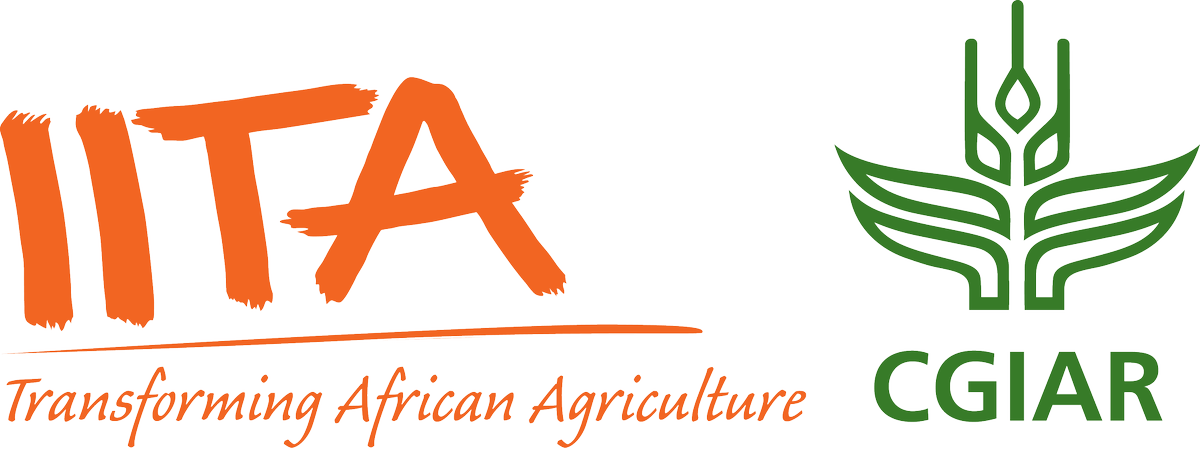Welcome to the International Institute of Tropical Agriculture Research Repository
What would you like to view today?
Carbohydrate profiling of different accessions of three underutilized legumes: a potential source of valuable nutraceuticals and pharmaceuticals

View/
Date
2023-11-03Author
Oguuniyi, Q.A.
Ogbole, O.O.
Akin-Ajani, O.D.
Ajala, T.O.
Liu, Q.
Apriyanto, A.
Odeku, O.A.
Fettke, J.
Oyatomi, O.
Abberton, M.
Type
Review Status
Peer ReviewTarget Audience
Scientists
Metadata
Show full item recordAbstract/Description
Carbohydrates are significant components of legumes, and their profiling can provide information about their nutritional value and potential health benefits. This study explores the proximate composition and carbohydrate profiles of accessions of three underutilized legumes, namely, Vigna radiata, Vigna mungo, and Macrotyloma uniflorum. The total starch and soluble sugar are determined. Starch granule morphology and diameter are determined using scanning electron microscopy and chain length distribution of amylopectin is analyzed using Capillary Electrophoresis. All accessions of the legumes vary both in their proximate composition and carbohydrate components. Accessions of M. uniflorum (PI-658594-01-SD) have the highest carbohydrate component (7.6%) while V. radiata (TVR-42) has the least (4.2%). Macrotyloma uniflorum accensions (PI-658594-01-SD, and PI-180437-01-SD) have the highest starch and sucrose contents, while V. mungo accensions (TVM-13, and TVM-11) have the lowest. The glucose and fructose contents are lower than sucrose in all the accessions of the legumes. Macrotyloma uniflorum accensions exhibit larger granules while accessions of Vigna species have the smallest granules. All species accessions exhibit similar amylopectin chain length distribution profiles although accessions of V. mungo slightly differ in their proportion of long and short glucan chains. The three species of underutilized legumes exhibit unique characteristics which make them suitable for consumption and may be exploited as a source of nutraceuticals and pharmaceuticals.
https://doi.org/10.1002/star.202300184
Multi standard citation
Permanent link to this item
https://hdl.handle.net/20.500.12478/8684IITA Authors ORCID
Olaniyi Oyatomihttps://orcid.org/0000-0003-3094-374X
Michael Abbertonhttps://orcid.org/0000-0003-2555-9591
Digital Object Identifier (DOI)
https://doi.org/10.1002/star.202300184
